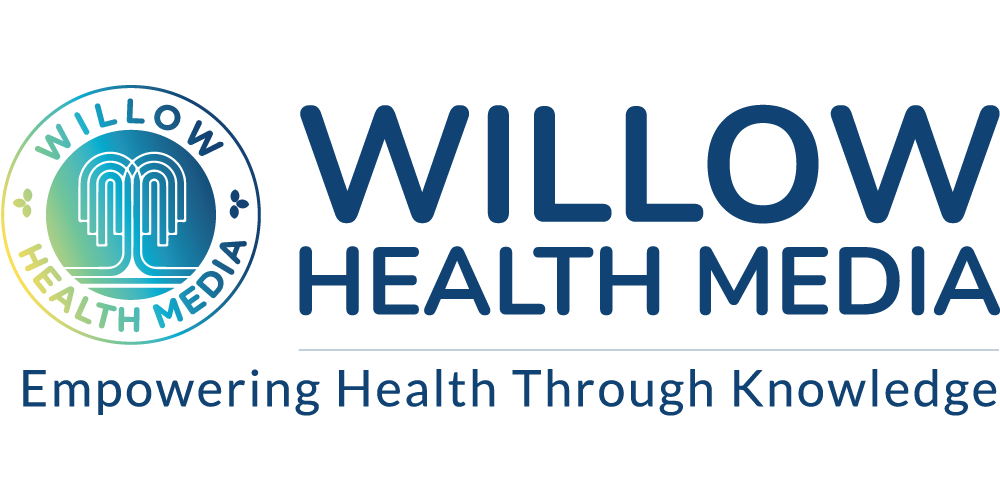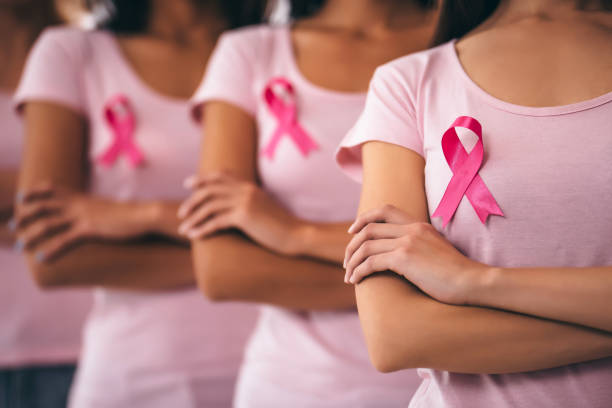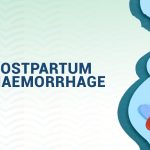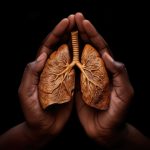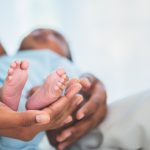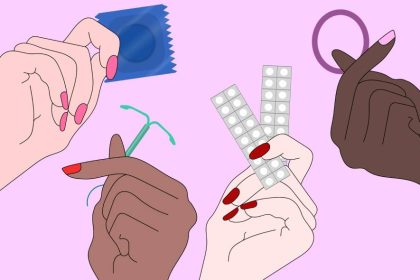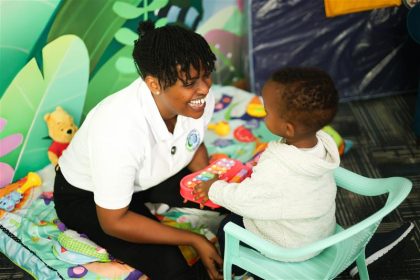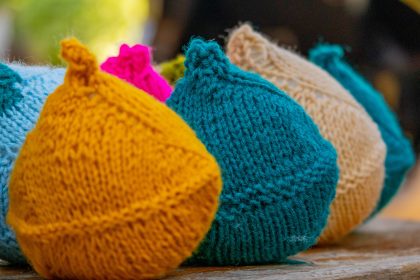My doctor told me the more children a woman has, the lower her long-term risk of developing cancer- Rachel Kariuki
Jennifer Jelimo, a 37-year-old salonist, thought breast cancer showed up solely as lumps or wounds in the breast. She also believed cancer afflicted older women. So when her nipples started to sore during monthly periods, she never thought much of it, although she fleetingly thought “it was not normal”.
“I experienced sore nipples during pregnancy,” she says, “except I wasn’t pregnant because I was not sexually active.”
A friend convinced her to get checked and the doctor informed her nipples were unusually “hard” and unfortunately, the biopsy revealed advanced cancer (stage 3C).
Jelimo’s diagnosis is among a worrying trend of early breast cancer cases among women below 50. The median age for breast cancer diagnosis in Kenya now peaks for women aged 35-45, according to the Ministry of Health.
Further, like Jelimo, up to 77 per cent of patients are diagnosed with advanced cancer in Kenya where breast cancer accounts for over 2,500 deaths annually, making it the second leading cause of all cancer deaths. Kenya is also among countries with high mortality rates of breast cancer globally, with 80 per cent of diagnosed cases hardly surviving beyond five years, according to a 2023 study titled Metastatic Breast Cancer in Kenya: survival, prognosis and Management at a Tertiary Referral Centre.
The study by Mwongeli Matheka, Miriam Mutebi and others linked the high mortality rates of breast cancer to late diagnosis and inadequate treatment.
Dr Catherine Nyongesa, the founder of the Texas Cancer Centre in Nairobi, says women seek treatment at an advanced stage due to lack of awareness and high out-of-pocket treatment costs, a situation aggravated “as only a few specialised healthcare providers and treatment centres exist.”
Take Rachel Kariuki, 52.
When she was diagnosed with advanced breast cancer stage 3B three years ago, she had to dig deep into her pocket and social networks. Although the National Hospital Insurance Fund (NHIF), now the Social Health Insurance Fund (SHIF), covers six chemotherapy sessions per year, she has to pay Ksh1,100 as a consultation fee and Ksh2,000 for blood tests depending on the number.
“I worked as a fruit hawker before my diagnosis and had no savings. I struggle to raise the funds for these tests, which must be carried out before my treatment sessions,” she says.
A 2021 research titled Out-of-Pocket Cost Burden of Cancer Care by Nicolas Iragorri found that in Kenya, patients spent 42 per cent of their income on cancer treatment.
This scenario is complicated by the inadequacy of Kenya’s healthcare system: long queues, lack of drugs and advanced treatment technology impeding implementation of early diagnosis, treatment and supportive care.
When Wini Nkinda, popularly known as Karwaay, 42, got her breast cancer (Stage 2B) diagnosis in November 2023, she had to fly to Cape Town, South Africa for her chemo sessions and surgery due to a shortage of breast cancer chemo drugs in Kenya.
The cancer was HER2 positive, requiring the start of chemotherapy within 30 days as such cancers are more aggressive than other types. “This was no time to brood. Everything had to happen fast,” says the dancer, actress, DJ and performing arts teacher at Braeburn International School.
Wini was forced to fundraise to cover her travel expenses and out-of-pocket costs.
Luckily, NHIF covered Ksh100,000 of the required Ksh168,000 for each chemo cycle needed every three weeks. However, since SHIF’s rolled out, Wini has had to pay out-of-pocket for her treatment. “SHA has not approved any of my requests, which always worked with NHIF,” she laments.
Jelimo and Wini have early-onset cancers, defined as cancer cases diagnosed in people under 50.
Such cases have spiked globally by a staggering 79 per cent according to an American Cancer Society report- with the spike pegged on the hormone oestrogen.
The study led by Rebecca Siegel, a cancer epidemiologist and Senior Scientific Director of Surveillance Research at the American Society, observed that young girls are starting their periods at an earlier stage, and women are increasingly delaying the birth of their first child, and having fewer births- which are contributing to more oestrogen exposure in their lifetime. More period cycles mean more surges of oestrogen, which fuel an increased risk of breast cancer in younger women.
“It is true. Women are being exposed to more oestrogen over their lifespans,” says Dr Andrew Odhiambo, a medical oncologist at Prime Cancer Care Clinic. “Oestrogen is suggested to play a big role in breast cancer development, but we don’t know why we’re seeing earlier periods.”
The study also singled out other factors including alcohol consumption, obesity, genetics and some hormonal birth control.
Dr Odhiambo says studies are still in the early stages to establish the exact role of oestrogen, but “we know that these reproductive factors can relate to breast cancer.”
A 2024 study led by Zifan Wang from the Department of Environmental Health at Harvard University looked at the menstrual cycle of girls born between 1950 and 2005 in the USA.
The study published in the JAMA Network found that girls born from 1950 to 1969 had their menarche — the scientific term for a girl’s first menstrual period- at about 13 years old. Only nine out of 100 girls had their first period before age 11, which is considered early.
In contrast, girls born between 2000 to 2005 got their first period before turning 12.
Rates of early periods also increased, leaping to 16 out of 100 girls.
Locally, a 2011 study titled Menarcheal age among urban Kenyan primary school girls by Dorinah N Ogeng’o and Moses M Obimbo, published by the National Library of Medicine, revealed that 20 in 100 girls in Kenya start their menstrual period before turning 11- thus increasing breast cancer risk by about five per cent over one’s lifetime.
“If you begin your period before 11, you’re at higher risk for breast cancer, and now the average age [of menarche] just keeps decreasing,” noted Dr Siegel.
Developing breasts early also increases breast cancer risk. A 2019 study by Lauren C Houghton titled Pubertal timing and breast density in young women, consisting of nearly 50,000 women, found that girls who developed breasts before ten years had a 23 per cent higher risk of developing breast cancer in their lives compared to those who began to develop breasts at age 12 or 13.
Dr Sitna Mwanzi, an oncologist at Kenyatta National Hospital, says when a woman starts menstruating, her ovaries release oestrogen and progesterone. “These hormones are known to increase a woman’s risk for hormone-sensitive subtypes of breast cancer. Almost 75 per cent of breast cancers are sensitive to at least either one of the two hormones,” she says.
Rachel Kariuki was told her cancer was hormone receptive, had both her breasts removed, and would soon undergo surgery to remove her ovaries. “The doctor told me the cancer is caused by hormones, and since after the double mastectomy, I still have a new growth around my neck, I have to get my ovaries removed to stop the production of these hormones,” says Kariuki.
At the same time, women are having children later in life or choosing not to have children. Wini has no child, but she believes that breast cancer occurs even in women with many children.
Kariuki has one child and believes that having one baby in her reproductive years could have contributed to developing the cancer. “My doctor told me the more children a woman has, the lower her long-term risk of developing cancer.” She, however, argues many children are unrealistic in the current world.
Dr Siegel notes there has been a binge in alcohol drinking in women in their 30s and 40s, and about 16 per cent of all breast cancers are associated with alcohol.
“Smoking and heavy alcohol intake are key risk factors. Daily exercise and avoiding ultra-processed food can also lower the risk of cancer, heart diseases and premature death,” says Dr Nyongesa.
The Ministry of Health notes that women with extremely dense breasts have about a two-fold higher risk than women with breasts of average density and should adhere to strict screening, in line with the Breast Cancer Screening and Early Diagnosis Action Plan 2021-2025.
Dr Mwanzi says women who delay motherhood after 35, should breastfeed more as breastfeeding lowers the risk of developing breast cancer. Research findings from the World Cancer Research Fund (WCRF) reveal that for every 12 months a woman nurses her baby, the risk of breast cancer decreases by up to 4.3 per cent.
The Ministry of Health’s National Cancer Screening Guidelines recommend that women between 25 and 34 get a physical breast exam for lumps or other changes every one to three years.
Women between 35 – 39-years-old should get a clinical breast exam (CBE) and Ultrasound or mammography every one to three years and annually for those aged 40 – 55. Those between 56 – 74-years-old should have it every two years and those 75 and above should consider individual health factors and a woman’s preference to continue screening.
